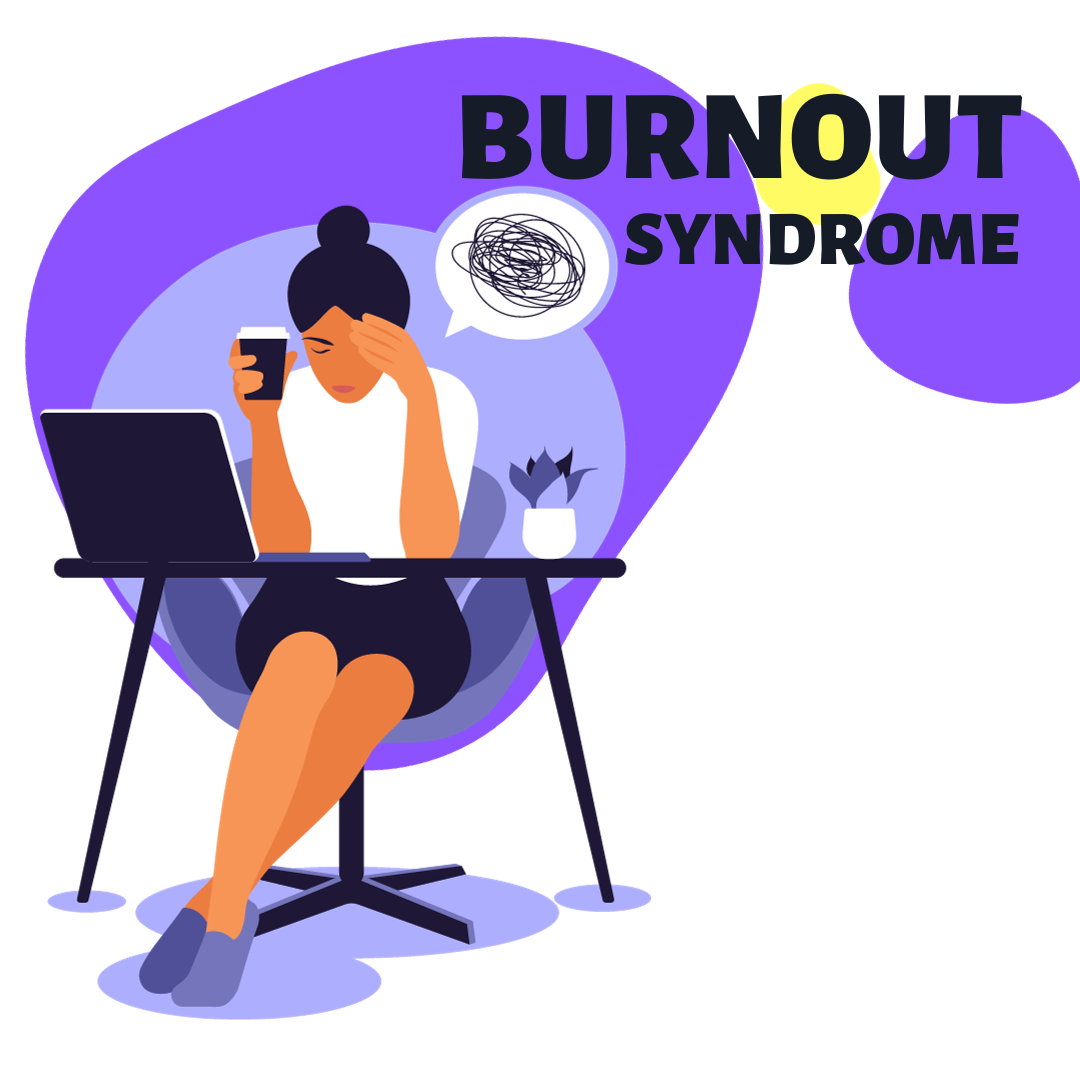Rebuilding Identity After Burnout: Stories and Strategies from Survivors

Burnout doesn’t just drain your energy—it fractures your sense of self. For many, it feels like hitting an invisible wall at full speed, only to rise from the rubble and realize you’re no longer sure who you are, what you want, or what you’re capable of. Burnout, once a clinical buzzword, is now a personal crisis for millions. But what happens after the crash? How do people rebuild their lives—and their identities—after the exhaustion, disillusionment, and emotional fog finally lift?
This article explores the journey of rediscovering oneself after burnout. Through stories of survivors and evidence-backed strategies, we examine how individuals piece their lives back together—not by going back to who they were before, but by becoming someone new, wiser, and more whole.

Understanding Burnout as Identity Erosion
Burnout isn’t just about being tired. It’s a chronic state of emotional, mental, and often physical exhaustion caused by prolonged stress—usually work-related, but also common among caregivers, parents, and students. The World Health Organization defines burnout as a syndrome with three components:
-
Emotional exhaustion
-
Depersonalization or cynicism
-
Reduced personal accomplishment
What this means in real life is that people feel disconnected from themselves, others, and their work. Their self-worth takes a hit. And because many of us tie our identity closely to our roles—be it employee, manager, parent, or caregiver—burnout can dismantle the very foundation of how we see ourselves.
Burnout can feel like identity collapse. Survivors often report feeling numb, disoriented, or alienated from their previous ambitions. “I didn’t just feel exhausted,” said Lisa, a 34-year-old nonprofit worker. “I felt like I didn’t know who I was without my job. And I hated that realization.”
Survivor Stories: From Breakdown to Breakthrough
Let’s explore a few personal stories that illustrate the complex, emotional process of identity rebuilding.
1. Marco: The Corporate High-Flier Who Hit Rock Bottom
Marco, a 40-year-old marketing executive, had spent 15 years climbing the corporate ladder. “Work was my life,” he said. “I thrived on deadlines and felt validated by achievement.” But after years of 70-hour weeks, missed vacations, and a toxic manager, Marco’s body gave out. He developed insomnia, anxiety, and frequent migraines. Eventually, he quit without a plan.
“I felt ashamed. I didn’t know who I was without the title or the suit. It was terrifying,” he said. But in the space that followed, Marco began therapy, started journaling, and discovered an interest in teaching. Today, he runs a small consultancy and guest lectures at a local university. “Burnout took everything I thought I was,” he said, “but it gave me the chance to become someone more balanced.”
2. Anika: The Teacher Who Needed to Stop Saving Everyone
Anika, a middle school teacher, loved her students and believed teaching was her calling. But budget cuts, overcrowded classrooms, and emotional labor pushed her beyond her limits. “I gave until I had nothing left,” she said. Eventually, she took a leave of absence after experiencing a panic attack in the staff room.
During her time off, Anika joined a support group for educators and started painting again—a passion she’d shelved since college. “Art reminded me that I exist outside of service,” she said. “I’m not just here to fix things for other people.” Anika now teaches part-time and sells her art online.
The Psychology of Rebuilding Identity
So, how exactly does one rebuild their identity after burnout? Psychologists suggest it’s a process involving reflection, emotional healing, and intentional experimentation.
1. Deconstruction: Letting Go of the Old Identity
The first step in rebuilding is acknowledging that the old identity no longer serves you. This can be painful. We often resist letting go of roles or goals that once defined us, even when they’re causing harm.
According to clinical psychologist Dr. Richard Schwartz, founder of Internal Family Systems (IFS), “burnout often brings to light the parts of ourselves that we’ve ignored or suppressed—our inner critics, our wounded caretakers.” Understanding these parts helps people detach their worth from constant productivity.
Letting go may involve grieving—mourning the lost career, the faded passion, or the unmet expectations. It’s important to treat this phase not as a failure, but as an invitation to start over.
2. Reflection and Reconnection
The next phase involves reconnecting with core values, personal interests, and forgotten passions.
Journaling, therapy, and mindfulness practices help people get in touch with what really matters. One helpful exercise is to ask:
-
What did I love doing before burnout?
-
What activities make me feel alive?
-
Whose approval am I still seeking—and why?
Reconnecting also means paying attention to your body. Burnout disconnects us from physical signals like hunger, fatigue, or anxiety. Learning to listen to your body is a crucial part of rebuilding trust with yourself.
3. Experimentation and Play
Identity isn’t something you find—it’s something you build through experience. Many burnout survivors describe a phase of “trying things on” without pressure to succeed. This might mean:
-
Taking a pottery class
-
Volunteering in a different field
-
Starting a side project
-
Traveling or exploring new communities
These experiments provide new data about what you enjoy and what aligns with your values. They help form a new identity, based not on obligation, but on authentic choice.

Strategies to Support Recovery and Reinvention
Here are research-based and survivor-tested strategies that can aid in rebuilding your identity after burnout:
1. Reframe Your Narrative
Burnout often leaves people feeling broken or weak. Challenge that story. Instead, see burnout as a turning point or a teacher. Ask yourself: What did burnout show me about what I need?
2. Set Gentle, Flexible Goals
Forget five-year plans. Start with tiny, achievable goals that build momentum and confidence. These might include:
-
Reading for 10 minutes a day
-
Attending a weekly yoga class
-
Reaching out to one friend a week
The key is consistency, not intensity.
3. Redefine Success
If your self-worth was tied to external achievements, redefine what success means. Maybe it’s feeling rested. Maybe it’s having time to cook a meal, or being able to say “no” without guilt. Align success with your current needs, not past ambitions.
4. Connect With Others
Isolation worsens the shame and confusion that burnout brings. Connect with others who’ve gone through similar experiences. Support groups (online or in-person), therapy, and even candid conversations with friends can be incredibly healing.
5. Prioritize Joy and Rest
You’re not lazy. You’re recovering. Your brain and nervous system need rest to repair. Prioritize activities that restore you—nature, art, laughter, solitude, or music. These aren’t luxuries. They’re medicine.
